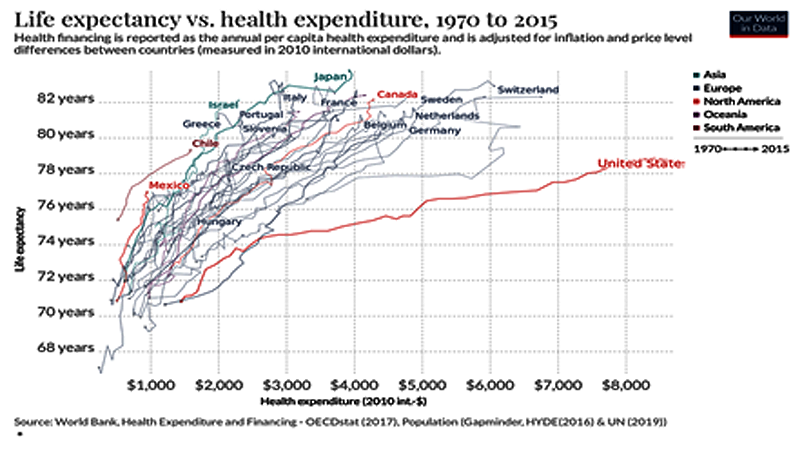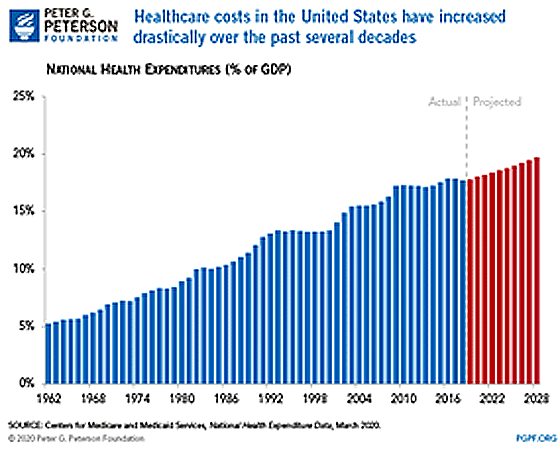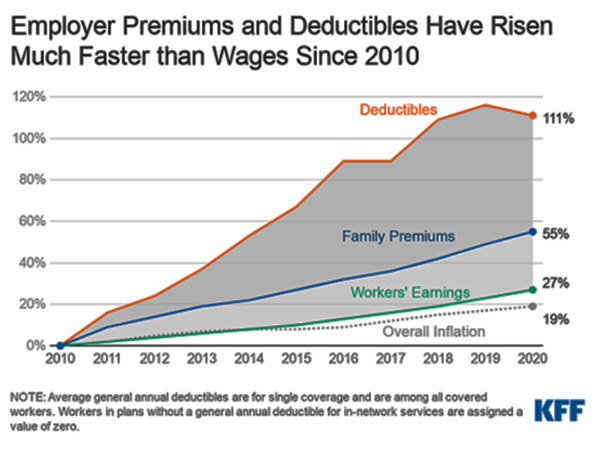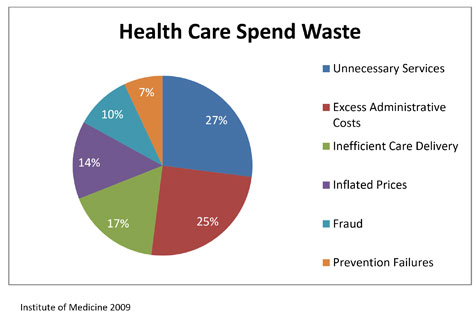Like it or not, employers sponsoring a health plan have a health business to manage in addition to their core business. Successfully managing this business is important to workforce morale and the bottom line. Health care costs are often the 2nd largest company expense and growing 5% or more every year.
Most employers struggle with the rising cost and mediocre health outcomes of their health plan. Can your plan and company survive this challenging environment that continually consumes more cash flow each year? At some point, every company has to take back control of this business by making critical changes. The sooner the better, so start today by understanding your options to evolve beyond the status quo.
Imagine the organizational impact if your health business can be substantially improved. A healthy and happy workforce is more present and productive. The savings created from reversing rising costs enables your company to invest in better benefits while boosting the bottom line. It’s a win-win for the company and the employees.

So how is your health business performing and are your core business and employees at financial risk?
U.S. employers fund a health system that is wasteful, unaffordable and unsustainable
U.S. companies typically spend $10,000-$15,000 per employee on healthcare, and each employee spends another $5,000-$10,000.
This is 2-3x other OECD countries, yet U.S. life expectancy is several years lower. Other developed countries benefit from spending more on primary care than U.S.

Healthcare is 18% of U.S. GDP compared to 5% in 1960. Other OECD countries spend 9% of GDP.


American families are spending 24% of their income on premiums. This doubled over the past 20 years.
Commonwealth Fund found a rapid increase in the “underinsured” rate — when people’s out-of-pocket health care costs are high relative to their income — among Americans with employer-sponsored coverage, rising from 17 percent in 2010 to 28 percent in 2018.

Family premiums are growing 2x faster than worker wages and 3x inflation. Family deductibles are growing 4x faster than wages and 6x inflation.


More than 30% of US healthcare spending is wasted on unnecessary and inefficient care as well as excessive administrative cost. Would you tolerate this in your core business?

Healthcare costs and premiums will continue to rapidly rise as long as employers rely only on status quo insurance carrier plans and networks. Healthcare is the tapeworm eating your core business and the American economy.
Manage your health business as diligently as you do the core business
- Company leadership must actively engage in managing health benefits in partnership with the human resources group rather than leave it solely to HR.
- Strong primary care that refers into high performing specialty care networks is critical to driving excellent care that leads to lower cost by avoiding rework, complications and long recovery.
- Personalized coaching and lower out of pocket costs engage patients to better manage their health.
- Health care is the one company-paid expense that employees are allowed to spend with minimal limits and oversight. Health plans should be a source of knowledge that guide members to optimize their health spending. Navigation helps members shop wisely to obtain the best health outcomes and value.
- Direct contract with key health systems and providers and hold them accountable for delivering value (high quality and low cost). Employers can band together to pool their lives to attract providers. This benefit can overlay an existing health plan to avoid any disruption.
- Pay providers at time of service to receive significant cash discount and eliminate cost of billing.
Wise management of your health benefits provides one of the best opportunities to grow company profit and team morale. May we show you how?

